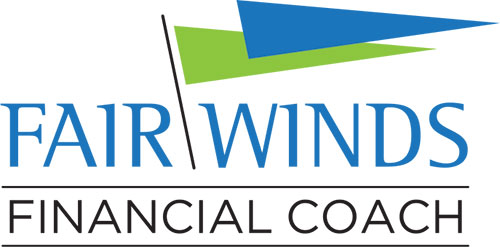While 2023 saw Canada’s inflation rate drop by more than a third compared to the rate for 2022, our average inflation rate over the last 3 years was the highest it has been over any 3-year period for more than 30 years.
We’ve all felt the pain, whether it’s in the cost of vehicles, borrowing, or even a few groceries – have you bought a can of pumpkin recently?
As the saying goes, there are two sides to every coin. If you are fortunate enough to have savings and no debt, interest rates on GICs and High Interest Savings Account (HISA) funds have made these very conservative investment vehicles an attractive alternative to riskier investments.
Now that we’re into the new year, the legacy of high inflation is affecting several personal income tax categories as well. First, the good news.
Federal personal income tax brackets have increased by 4.7% over 2023 levels. The tax rates remain the same, but it means more of your income will be taxed at lower rates compared to previous years.
Some bad news? Nova Scotia is the lone jurisdiction in Canada that does not index its provincial or territorial income tax brackets.
The Tax-Free Savings Account (TFSA) maximum contribution limit for 2024 is $7,000, up from $6,500 in 2023 and $6,000 in 2022. It marks the first time the limit has been increased in consecutive years since the TFSA was introduced in 2009.
The Old Age Security (OAS) clawback threshold is also up 4.7%. This means seniors can earn $90,997 in 2024, up from $86,912, before any OAS benefits get deducted. OAS and Canada Pension Plan (CPP), as usual, continue to be increased each year. Government benefits like the Canada Child Benefit and GST/HST tax credit will also rise according to inflation, but these increases begin in July, not January.
On the flip side, workers and employers may find themselves paying higher CPP contributions this year. The contribution rate of 5.95% remains unchanged, but the maximum pensionable earnings ceiling has increased from $66,600 to $68,500. In addition, a second ceiling of $73,200 has been introduced for 2024. The contribution rate on this second tier is 4%.
On balance, the 2024 tax changes will be positive, especially for seniors. This is a little bit of good news in an otherwise very challenging economy.


